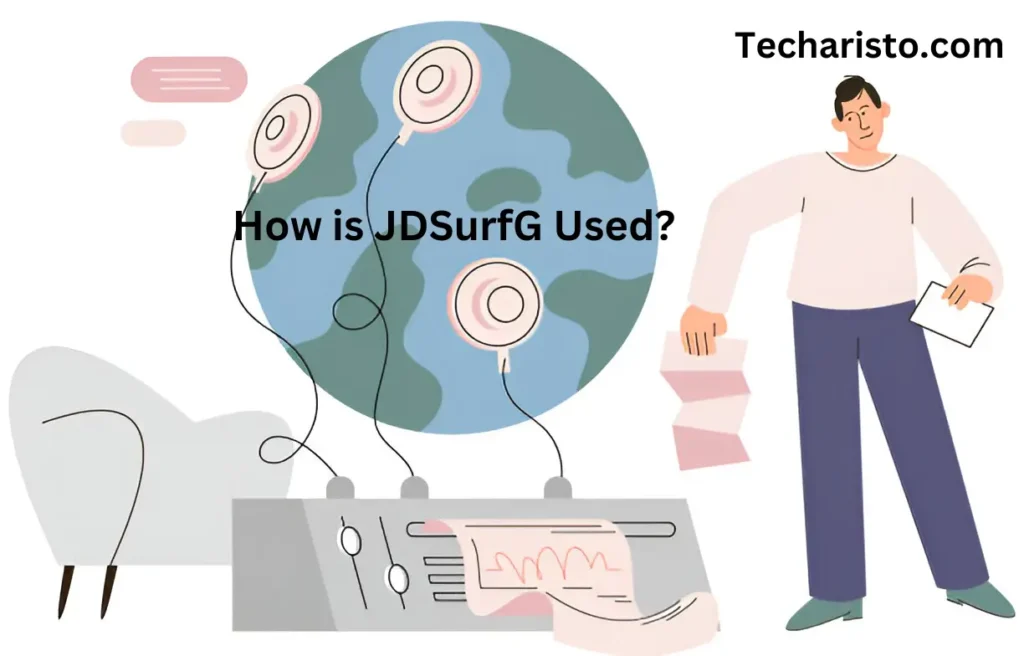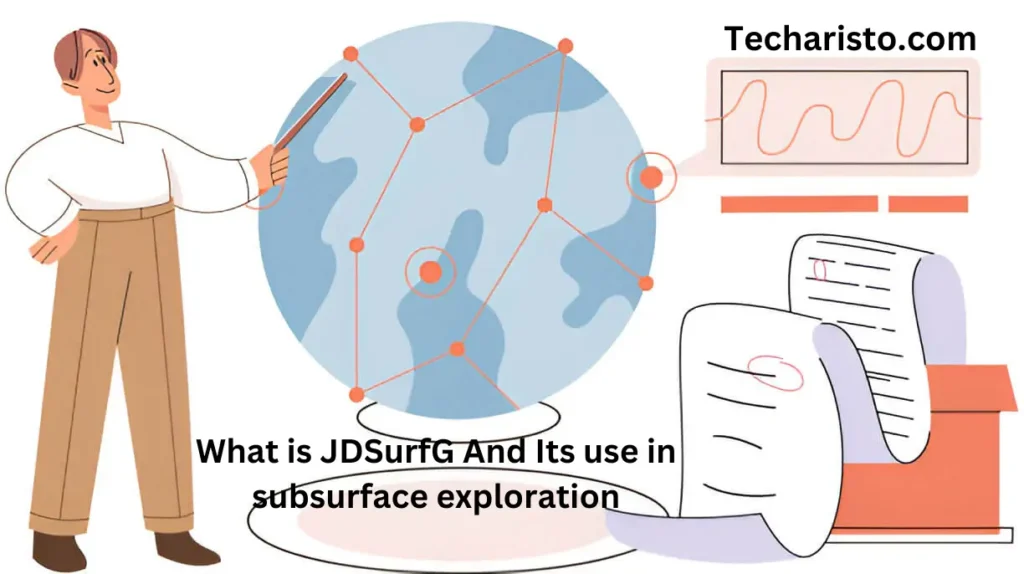Subsurface exploration in geophysics relies on advanced tools and methods. One such tool is JDSurfG, which stands for Joint Inversion of Direct Surface Wave Tomography and Bouguer Gravity. Let’s learn what JDSurfG is and what it is used for.
What is JDSurfG?
JDSurfG means Joint Inversion of Direct Surface Wave Tomography and Bouguer Gravity. This is an advanced geophysics tool designed to improve subsurface exploration.
It uses two key geophysical datasets, surface wave tomography, and Bouguer gravity data, to better understand geological structures below the Earth’s surface.
Purpose and Importance
The main goal of JDSurfG is to help interpret subsurface features more accurately. Direct surface wave tomography and Bouguer gravity can be combined for improved resolution in subsurface imaging.
This becomes critical when trying to find minerals, oil and gas deposits, or tectonic settings.
Development and Updates
JDSurfG has evolved over the years, with different updates added to make it work better and be more accurate. JDSurfG 4.0 is the most recent version, which includes many new features that improve its performance in geophysics.
Interesting Post Suggestion What is ip-adapter_pulid_sdxl_fp16.safetensors?
How is JDSurfG Used?
- Data Input and Processing
- Joint Inversion Method
- Applications in Geophysical Studies
- Technical Requirements
- Benefits and Limitations

Data Input and Processing
JDSurfG needs two types of data to work well. These are direct surface wave tomography and Bouguer gravity data, which must be collected first before they can be loaded into the software.
This tool will then analyze these datasets and produce a comprehensive subsurface image that shows geological features important for exploration.
Joint Inversion Method
Joint inversion is a key idea in JDSurfG. It takes different geophysical data and combines them to make subsurface interpretations more accurate.
By merging surface wave tomography and gravity data, JDSurfG creates a better, more trustworthy, and more thorough model of the subsurface, especially when dealing with difficult geology.
Applications in Geophysical Studies
In geophysical research, JDSurfG has various applications. It is widely used in subsurface exploration to find potential mineral deposits, oil and gas reservoirs, and learn about tectonic structures.
Different case studies have shown that JDSurfG produces accurate images of the subsurface, hence making it an essential tool in geophysics.
Technical Requirements
JDSurfG has certain requirements for software and hardware. It is mainly written in Fortran, a programming language commonly used for scientific computing. For JDSurfG to run properly, users need a compatible computing environment.
Besides this, it’s also very important to know how data is entered and processed if you want the program to work at its best.
Benefits and Limitations
JDSurfG’s ability to merge different geophysical data sets and create high-resolution subsurface images is one of its biggest advantages. Because of this, JDSurfG is a great tool for detailed geological studies.
However, because the joint inversion method is so complicated and requires certain technical expertise, some may struggle with it.
Even though there are challenges in using JDSurfG, they are nothing compared to the benefits that come from using it. Therefore, JDSurfG has become an invaluable resource in geophysical research.
Conclusion:
In geophysics, JDSurfG provides a series of services for subsurface exploration. The direct surface wave tomography and Bouguer gravity data are combined to better represent geological structures. Researchers and professionals in this field can greatly improve their subsurface investigations by using such tools as JDSurfG.
Interesting Post Suggestion What is Code Error Ralbel28.2.5 and troubleshooting the issue?


